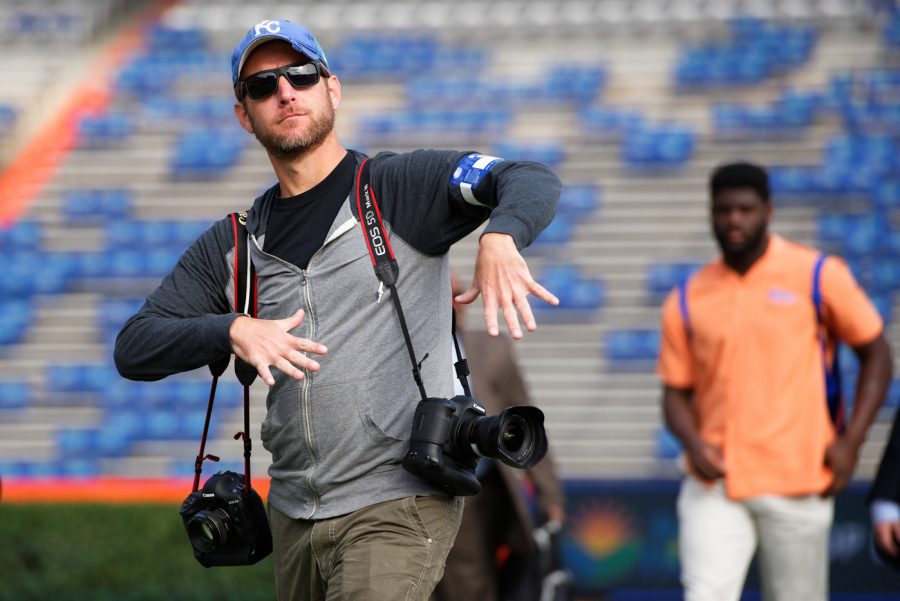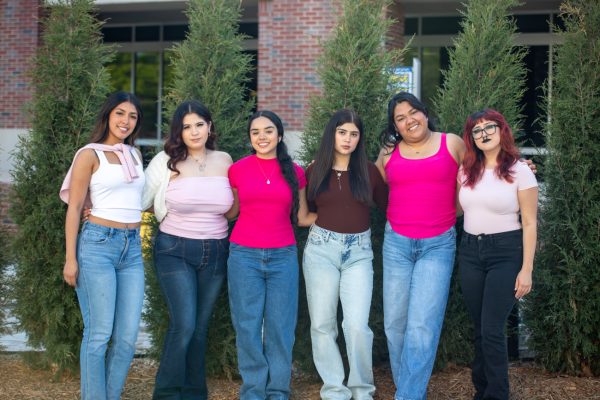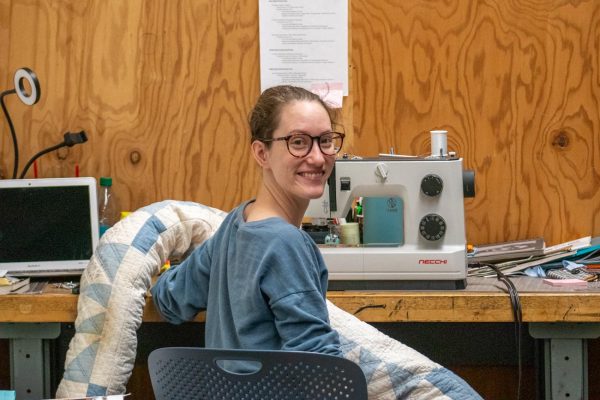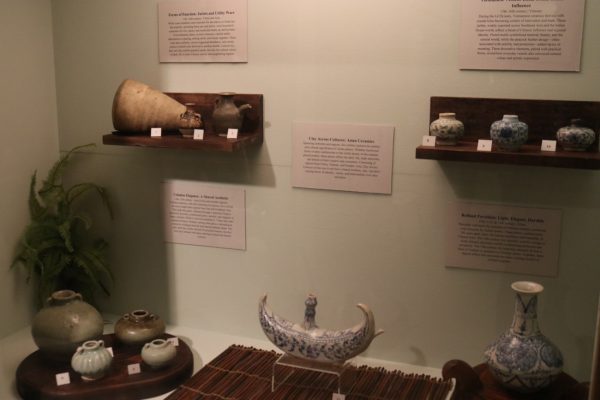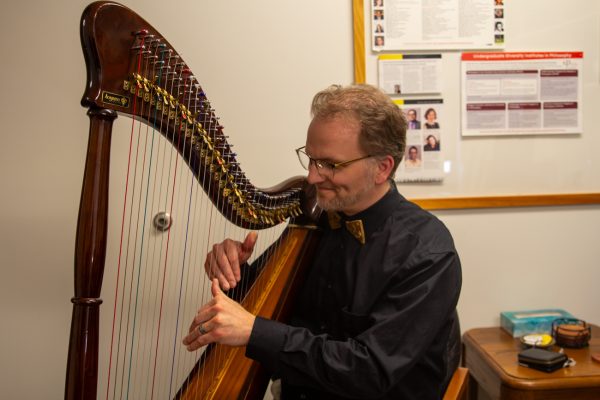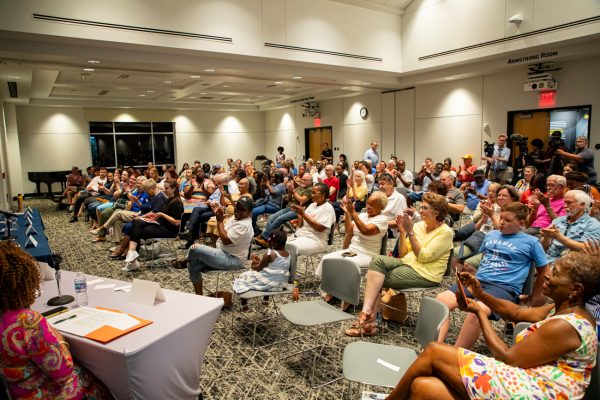WSU photography instructor impacting students from over 1,000 miles away
While instructors are having to change the way they teach due to COVID-19, some instructors are having to transition differently than others. This is the case for Matt Stamey, a new Wichita State instructor teaching students from over 1,000 miles away.
During the first week of classes this semester, Stamey accepted the job at WSU to teach a photojournalism course virtually from his home in Florida. He began teaching the Monday of the second week of classes.
Education is in Stamey’s blood, he said.
“My mom was a principal and a teacher for 30-some years, my brother’s a high school teacher now,” Stamey said. “I’ve always wanted to be an educator and follow in my grandpa’s footsteps.”
His passion for photography was passed down from his grandfather.
“My grandpa gave me his old camera,” Stamey said. “I started taking photography classes in high school and then I started working for my high school newspaper and yearbook.”
Stamey quickly found his favorite part of photography.
“When I’m behind the lens or behind the camera, everything else disappears. Nothing else matters except for making that image,” Stamey said. “It’s such an incredible escape.”
During his time at Kansas State University he was the photo editor for the newspaper and yearbook. It was there where he found his favorite part of journalism.
“I love finding that cool, interesting story about somebody who nobody would ever find, that no one would ever know about unless there was a journalist that told their story,” Stamey said.
After graduating from Kansas State University with a communications degree in 2003 and working at a newspaper in Louisiana, Stamey settled in Gainesville, Fla. and worked at the Gainesville Sun where he worked for six years.
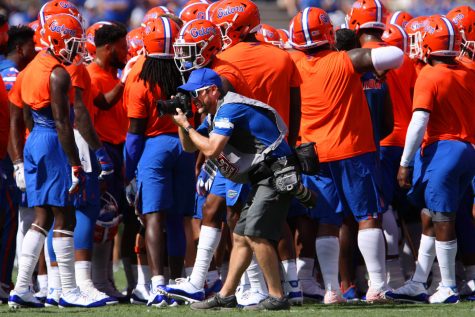
At WSU, Stamey prides himself on his class being a place for photojournalists to discuss content and learn more than just how to work a camera.
“Nobody asks what kind of hammer a carpenter uses, it doesn’t matter,” Stamey said. “The carpenter’s knowledge is in the brain and knew how to use that hammer to build a house. Photography is that same concept where you need to know what the settings of your camera are, use the settings to make the image. You need to have a concept and understanding of how light works and how light from the sun travels and where it bounces, what kind of shadows are created and understand the foundational concept of photography and know that it’s not about ‘do you shoot Canon or Nikon.’ It doesn’t matter.”
He also wants his students to know that because everyone has access to a cell phone, everyone can take photos. Because of that, he wants to prepare his students to be ahead of the game.
“I want to give them the tools and the knowledge to be at least one step ahead of everybody else that’s out there taking pictures now,” he said.
Teaching during a pandemic has brought Stamey a unique set of problems; however, he considers himself a “forever optimist.”
“Yeah, we’re in a pandemic so it’s hard to find photos, great, that’s a challenge. You’re only gonna become a better photographer because you’re having to work harder to find photos,” Stamey said. “What’s so important about photography is that it, especially photojournalism, is documenting history. You’re preserving a moment in time that might not otherwise be remembered.”
He requires his students to have at least one person in every one of their photos in an effort to further challenge and teach his students.
Stamey is encouraging students to stay patient as they transition towards a new way of education.
“This pandemic is something that everybody is going through. Be open minded and patient and just try to make the best of the situation,” he said.
To see more of his work, Stamey’s photography Instagram is @stamey.
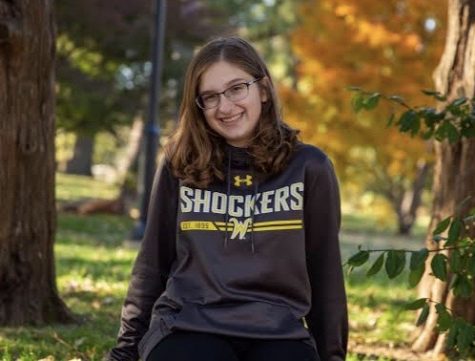
Hannah Holliday is a reporter for The Sunflower. Holliday is from Olathe, Kansas and is a freshman majoring in creative writing and minoring in communications....



